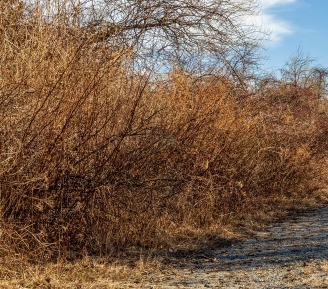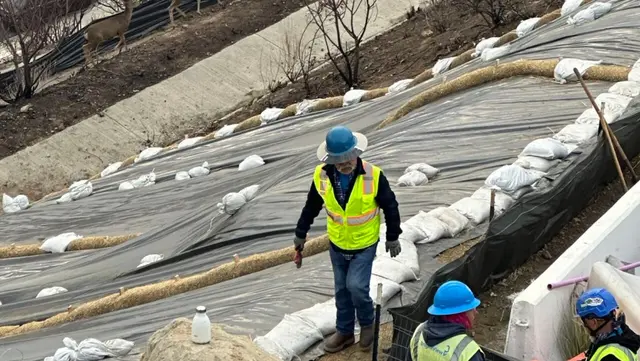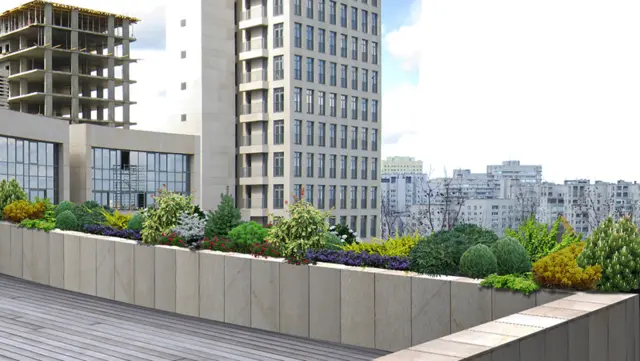
Fuel Modification is Your Best Fire Defense
This Fire Season, Ensure Your Property Remains Safe & Sound
This past year was a devastating fire season for the state of California, underscoring the importance of a vigilant fuel modification program. Now is the time to create defensible space around your property to ensure you're well protected. Here's what you need to know.
Clear Out the Risk
In Los Angeles County, and many surrounding counties, dry weeds, brush, or neglected vegetation within 100-200 feet from a structure, or within 10 feet of a road is considered a hazard and should be cleared. It’s important to note these guidelines aren’t just good practice

for fire season. Dead or dying vegetation is a risk at any time of the year, as are low hanging branches that reach within 6 feet of the ground or the plants below. A fire can quickly jump from the ground to the tree, facilitating easier spread to other structures.
Fires aren’t the only safety concern excess brush creates. Excess brush can harbor unwanted pests like ticks and rodents, creating a threat to the health of those who enjoy your property. In addition, excess brush can obscure line of sight on your property, creating blind spots and obstacles that increase the chance of accidents or injuries. Beyond these risks, excess brush is unsightly and can negatively impact your curb appeal. Regular management is an important tool in maintaining, and in some cases boosting, your property value.
Give Yourself a Buffer
The types of plants that line your perimeter and how they’re spaced makes all the difference in the world. Fire-resistant landscaping is recommended for areas within 30 feet of structures. Succulents, flower beds, and rocks are all good choices. A good rule of thumb is to provide a minimum spacing between vegetation that’s 3 times the size of the plant.
No matter where you’re planting, be sure to give preference to native plants. Native species tend to be more fire-retardant and resilient than non-native invasive species. Plus, they’re better adapted to the Southern California climate, translating to a lower water bill over time. Manzanita, oaks, and yucca are just a few examples.
Know Your Options
There are a few ways to tackle fuel modification. Your landscape partner can help you evaluate your options and select a plan that best fits your needs and budget. Methods include:
- Mechanical Removal: Brush is removed utilizing machinery such as chainsaws, brush mowers and trimmers. Large areas may require the use of bulldozers or front loaders. Because brush will eventually grow back following mechanical removal, it’s generally not recommended as a standalone remedy. When used in conjunction with herbicides, however, it’s highly effective.
- Herbicides: Non-selective herbicides, including chemical and organic solutions, make it easier to remove unwanted brush. Apply during the growing season (spring and summer) for best results.
- Culture Methods: For those looking to avoid the risk of soil disruption inherent to heavy equipment, or who prefer not to use herbicides, consider enlisting some furry friends. Goats and livestock have been successfully used to control brush, especially in wildfire-prone areas. It’s important to work with a provider who is experienced in this method, especially because containment is key. Otherwise, you may have an animal who takes the initiative to eat through areas where its services were not needed.
There are many ways to control brush and create a landscape that is as safe as it is beautiful. If you need help with your fire prevention plans, including vegetation management or fire-resistant landscape design, contact us. We’d be happy to help.



